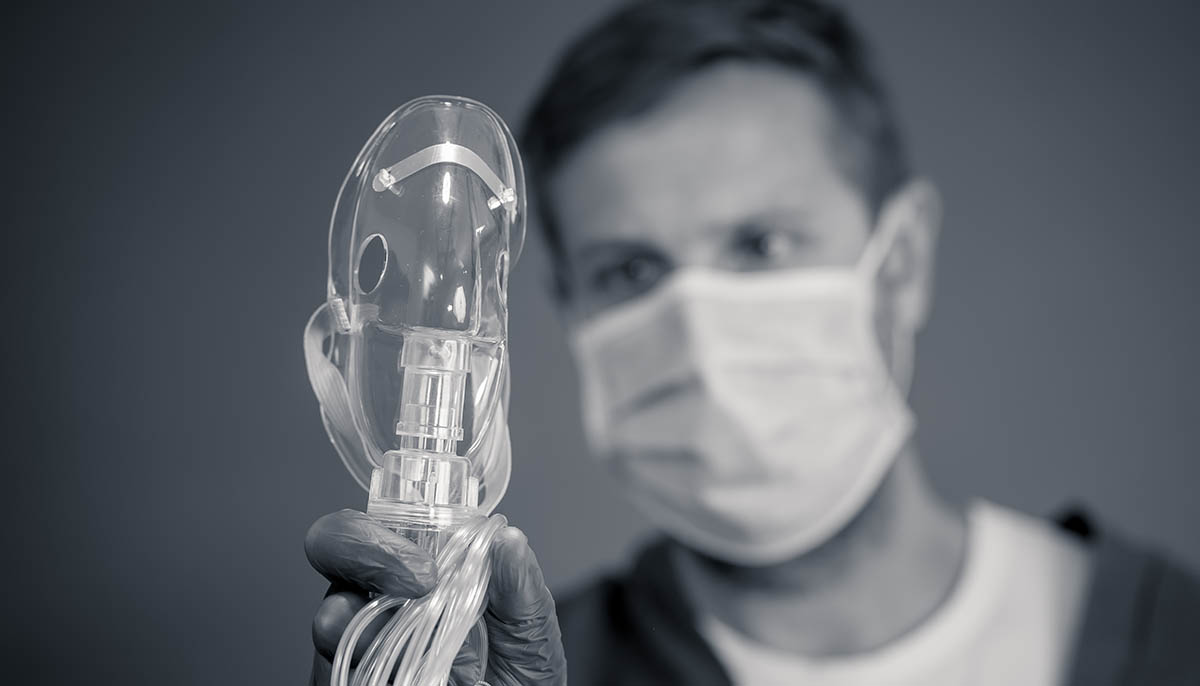Shutterstock
A study has revealed that nearly all of the COVID-19 patients who needed ventilators in New York’s largest health system ended up dying.

The study was published in the Journal of the American Medical Association. It showed that 20% of coronavirus patients treated at Northwell Health died, with 88% of those being placed on ventilators to help them breathe.
This matches the conclusion of smaller reports that suggest people who need ventilators are less likely to survive. Dr. Safiya Richardson at the Feinstein Institutes for Medical Research found that only 12% of the patients in the study needed ventilators.
However, this new study shows how the outlook can be dire for those patients suffering from severe COVID-19 cases.
Related: COVID-19 Causing Sudden Strokes in Young Adults
The research team looked at the health records of 5,700 patients. These patients were all hospitalized with coronavirus. Out of that number, 2,634 had final outcomes.
Those records supported what doctors have already noticed about the virus. The people most severely infected had one thing in common: an underlying condition.
It also found that 35% had diabetes, 41% were obese and 57% had high blood pressure.
“Of the patients who died, those with diabetes were more likely to have received invasive mechanical ventilation or care in the ICU compared with those who did not have diabetes,” wrote the researchers.
Researchers also confirmed that men were more likely to die than women. No one under the age of 18 passed away from the virus.
Related: Nurses Fired for Refusing to Work Without N-95 Masks
However, the symptoms involved were less than clear. While a third of patients had a fever, 17% were breathing too fast. Another 30% needed extra oxygen. Doctors sent most patients home after just four days.
It was those with more severe cases who stayed longer. 14% had to be treated in intensive care, and 3% needed intensive dialysis. But 21% of those patients died.
Unfortunately, final data was unavailable for half of the patients. It is possible that more people survived on ventilators than the study suggests.
“This study reported mortality rates only for patients with definite outcomes (discharge or death), and a longer-term study may find different mortality rates as different segments of the population are infected,” wrote the Northwell Health team.
However, with coronavirus cases still escalating, many people worry about finances, including how to handle Humira medicare cost.
Related: Microsoft Partners With Pharma Companies, Seeks Plasma Donations